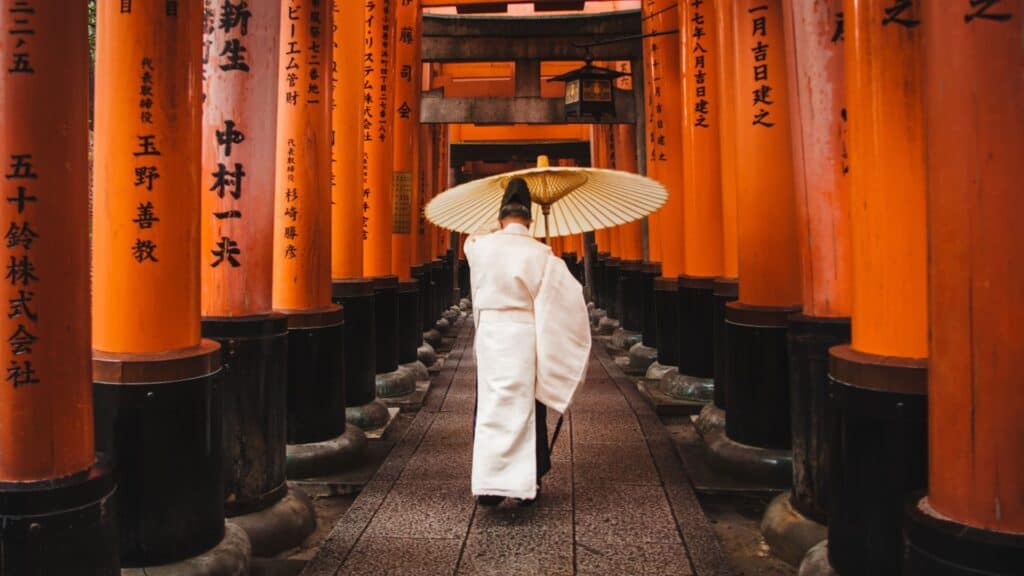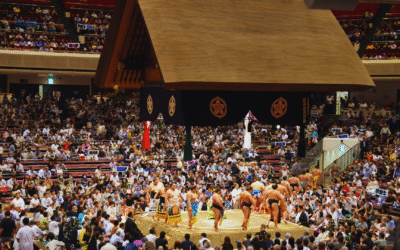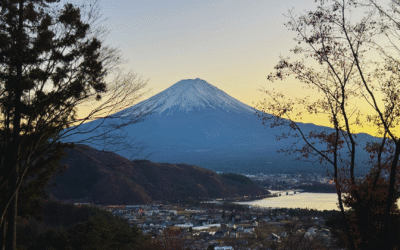Many countries have native religions and philosophies that they have been following for thousands of years. Through the many wars and conflicts that nations have faced during their development, religion has often played a crucial role in shaping their identities and how they present themselves to the world. This is particularly true in Japan, where religion significantly influences culture and daily life.
The predominant religions in Japan are Shinto and Buddhism. Shinto, which is native to Japan, was established in the 6th century AD. These religions in Japan not only coexist but also interweave with each other, contributing to the unique spiritual landscape of the country. Understanding these major faiths provides deep insights into the traditions, values, and social structures that define Japan today.
The Three Major Religions in Japan
Shinto

Shinto is a religion that can be practised alone but is often practised in Japan alongside Buddhism. The word Shinto itself means “the way of the gods.” In Shinto, there are no founders or sacred texts; the religion is deeply rooted in traditional Japanese routines and people. The Shinto religion emerged to distinguish itself from Buddhism and Confucianism during its early period. Since then, Shinto has become deeply infused into Japanese culture and values, often viewed as a way of life. It can be observed through daily life, moral philosophies, and the Japanese value system.
Shinto is typically classified into Shrine Shinto, Sect Shinto, and Folk Shinto, or Jinja, Kyoha, and Minzoku. Each reflects different time periods and ideals that have evolved over time. Jinja is the oldest denomination and the most traditional, while Kyoha emerged during a time when the government recognised aspects of Shintoism. Minzoku, or Folk Shinto, is the most commonly practised form of Shintoism today and contains influences from Taoism, Buddhism, and Confucianism.
Shintoism is an optimistic faith founded on the belief that humans are born good. Shinto gods, called “Kami,” can take on various forms, mostly of earthly nature, such as wind, rain, mountains, fertility, and trees. The Sun Goddess Amaterasu is considered the most important Kami or spirit and is portrayed in the earliest literary texts, the Kojiki. Shinto is a faith guided by intuition and reflection, meaning there are no absolutes or rights and wrongs. It is based on foundations similar to philosophies, with interpretation being a key aspect of the faith.
Shinto shrines are found all across Japan and serve as places of worship and homes to Kami. These shrines are notoriously beautiful and are often destinations that travellers make time to visit. Shrine architecture is significant in Shinto because it has preserved ancient art forms and traditions.
Buddhism

In Japan, Mahayana Buddhism is the most commonly practised form of Buddhism. Buddhism arrived in Japan around the 6th century AD, similar to Shintoism. Japanese Buddhism blossomed and gave rise to Zen Buddhism, or the idea of “Zenness,” known in Western countries. Zen means meditation, and in this form of Buddhism, meditation is highly emphasised.
Buddhism can be classified as either a religion or a philosophy, an ongoing debate; however, in Japan, it is primarily recognised as a religion. Buddhism embraces the ideas of karma and reincarnation and teaches the Four Noble Truths: the truth of suffering, the truth of the cause of suffering, the truth of the end of suffering, and the truth of the path that leads to the end of suffering. Zen Buddhism focuses on experiencing life at a greater value by gaining insight into one’s own life through meditation.
Most people in Japan would not identify as Buddhist; however, due to the evolution of traditions and routines, most cultural practices in Japan are derived from Buddhism and Shintoism. Buddhism is widely practised among Japanese people, with over 75,000 Buddhist temples present across Japan.
Christianity

Western religions do not necessarily have a prominent place in Japan. Christianity, specifically, is seen as a Western religion. Besides Shinto and Buddhism, which coexist and sometimes overlap, no other major religion is practised in Japan.
Christianity in Japan has a fascinating history and is only now regaining very small amounts of traction. The first Europeans to come to Japan brought Christianity along with them in 1542. Christian missionaries eventually made their way into Japan, and many began to practise, including some in the ruling class. However, in 1587, Toyotomi Hideyoshi issued an edict banning missionaries from the country due to the religion’s ambitions and its exclusionary practices, which created harmful conversion behaviour towards Shinto and Buddhism. In the late 1630s, a full ban on Christianity took place following a rebellion on the Shimabara Peninsula involving Christians.
During the Meiji Restoration from 1868 to 1869, freedom of religion was finally reinstated, allowing Japanese Christians to practise freely. However, even 150 years later, Christianity remains a minor religion in Japan, with only a small percentage of the population identifying as Christian.
Exploring Japan’s Spiritual Heritage
When discovering Japan, it’s essential to understand its rich history and the religions that have shaped its culture. The intertwining of Shinto and Buddhism offers a unique perspective on the country’s traditions and values. Shintoism, with its deep-rooted connection to nature and daily life, and Buddhism, with its profound teachings on meditation and the nature of existence, both play integral roles in defining the Japanese way of life.
Understanding these religions in Japan not only provides insight into the spiritual practices of its people but also reveals the philosophical underpinnings that guide their moral and ethical decisions.
Visiting Japan’s beautiful Shinto shrines and Buddhist temples is a must for any traveller seeking to fully appreciate the country’s spiritual and cultural heritage. These sacred sites, with their stunning architecture and serene environments, offer a glimpse into Japan’s ancient art forms and religious traditions. Whether you are exploring the grandiose temples in Kyoto or the tranquil shrines nestled in the countryside, each visit provides an opportunity to connect with Japan’s historical and philosophical essence.
Need help planning your explorations of Japan’s sacred temples and shrines? Reach out to Flip Japan Guide, and we’ll handle it for you.








